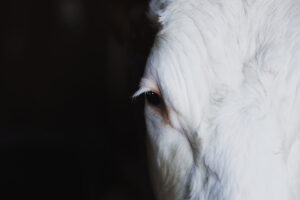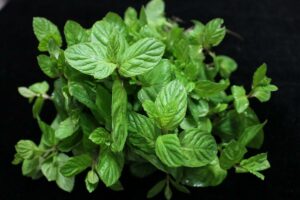Alvaro Garcia
Crossbreeding remains an important production approach in several species of farm animals. The productive/economic advantages of crossbreeding have been known for a long time, and they include improved health, growth, fertility, and production.
Dairy cattle has not been the exception with crossbreeding showing improvements in fertility, health, calving ease, and longevity. There is no doubt these traits can provide economic advantages, particularly in times where returns to the dairy business are challenged.
In spite of these obvious advantages there are farmers that still prefer working with the more traditional pure-breed system. There are limited studies to date that have explored the effects of crossbreeding on animal performance and its impact on farm profitability. To consider this approach both parental breeds should have production traits that can be transferred to the offspring, and rival those of the original individual breeds. Swedish Holstein (SH) and Swedish Red (SR) are considered at a similar economic, and even complementary level, since SH provides higher income from milk yield, and SR have better health and other functional traits.
Advantages of using crossbreed cows
A work by Clasen et al. (2020) simulated the outcomes for herd dynamics and economics with terminal and rotational crossbreeding using SH and SR compared to pure-breeding SH. The two base herds (SH and SR) used for simulated crossbreeding reflected current conventional and organic herds. They were then compared to purebred Swedish Holsteins through by using the stochastic herd simulation model called SimHerd Crossbred. This is a modification of the traditional SimHerd model that simulates phenotypic breed and heterosis effects.
The model defines the status of the animal using age, lactation stage, milk yield (actual and potential), body weight, stage in estrus cycle, pregnancy stage, SCC, disease status, and culling status. It also uses stochastic simulation to predict outcomes whenever changes happen in the cow’s biology or the herd management. There were three breeding strategies for each of the herds evaluated:
- Purebreds (SH)
- two-breed terminal crossbreeding (SH x SR)
- two-breed rotational crossbreeding (SH x SR)
Although the scenarios were simulated for 50 years to make sure they reached an equilibrium, this one was attained however at 20 years. The results presented the averages of 1,000 replicates over the last 10 years at equilibrium.
Crossbreeding increased the margin by up to 59 euros
Crossbreeding SH x SR increased the annual margin per cow by €20 to €59, with rotational crossbreeding resulting in the largest profitability. This was mainly attributed to heterosis being expressed in fertility traits and survival, with fewer replacements needed. The replacement rate in the pure-breeding strategy was 39.3% compared with 35.8% in terminal breeding and 30.1% in rotational crossbreeding; results with the organic production system were similar.
The improved fertility permitted having beef calves with a higher value. Crossbreeding for example earned an additional €22 to €42 annually per cow from calves for beef sales due to the use of beef semen. Heterosis on milk production was expressed in only minor decreases in 305-day milk production for rotational crossbreeding (1 to 2% less) compared to pure-breeding or terminal crossbreeding.
The largest economic impact was verified for rotational crossbreeding, where all animals were crossbreds, and expressed 67% of the full heterosis. In terminal crossbreeding only 31% of the animals were crossbreds expressing full heterosis. The results show that crossbreeding Swedish Holstein and Swedish Red can be profitable in both conventional and organic herds using the strategies evaluated.
Reference:
Clasen, J.B., Fikse, W.F., Kargo, M., Rydhmer, L., Strandberg, E., Østergaard, S. 2020. Economic consequences of dairy crossbreeding in conventional and organic herds in Sweden. Journal of dairy science. 103(1): 514-528.
© 2020 Dairy Knowledge Center. All Rights Reserved.











